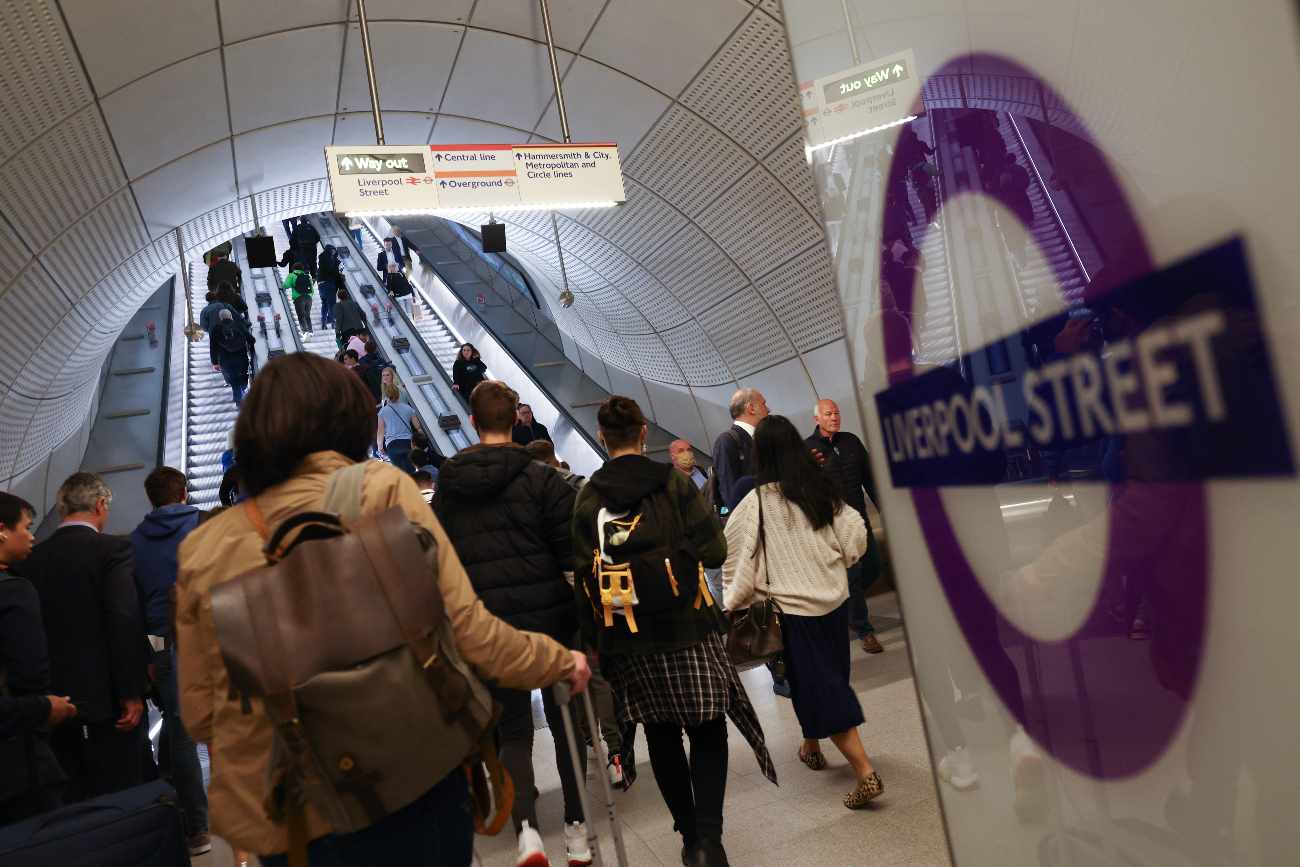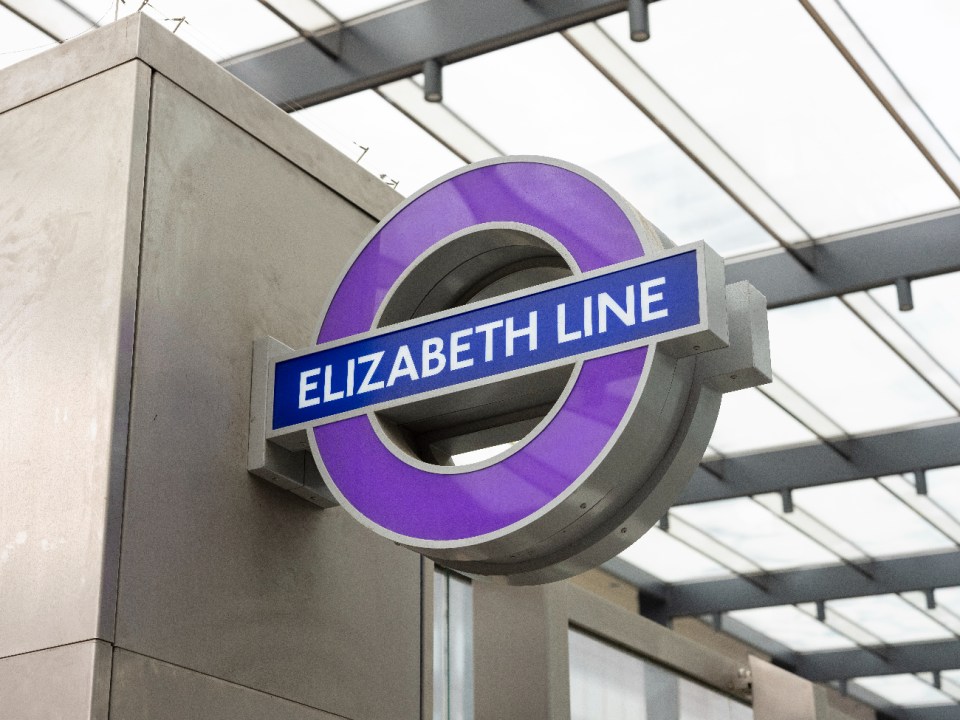Elizabeth Line turns two: The highs, the lows and the future for London’s favourite route
The Elizabeth Line turns two years old today and it has been a rare success story in Britain's infrastructure scene.


The Elizabeth Line turns two years old today and it has been a rare success story in Britain’s infrastructure scene.
City groups, politicians and Londoners alike have showered praise on the service over the period, which has become an integral part of the UK capital’s economy.
One of the most remarkable figures to emerge since its launch was in the latter part of 2022, when the Elizabeth Line became responsible for a staggering one-sixth of all journeys across Britain’s transport network.
The growth was such that the route, nicknamed the Lizzie Line, hauled in enough passenger revenue to bring the rail sector above pre-pandemic levels.
It was revealed on Friday the service had breached the 350m mark for total journeys and provided an estimated £42bn boost to the UK economy.

Why so good?
The success of the Elizabeth Line lies in its proximity to key business districts in London. The route brings over 1.5m more people within a 45 minute commute of the West End, City and Docklands.
Footfall data shows its significance to the corporate world. Analysis from workspace operator IWG revealed last year there had been a 23 per cent increase in the number of visits to offices close to the nine Elizabeth Line stops since its launch.
Inner city locations such as Paddington and Canary Wharf have grew the fastest, with office space attendance rising 50 and 22 per cent at both, respectively.

It stretches to further than the business scene though. According to the London Property Alliance, the line has sparked the opening of 171 hotels, 2,666 new food and beverage outlets and 12 museums.
It brings around a 10 per cent increase to London’s rail capacity, relieving pressure on a tube network which has struggled in recent years due to cash issues at Transport for London (TfL) and a lack of new trains.
Ultimately though, the Elizabeth Line has been a ray of light in Britain’s otherwise dire infrastructure sector. The cancellation of HS2’s northern leg, delays at the Lower Thames Crossing and Hinkley point C and warnings over an exodus of UK talent have left many believing the UK is no longer capable of delivering major infrastructure projects.
The successful delivery of London’s £19bn Crossrail project, over a decade in the making, is evidence that belief is misplaced.
Watch the wobble
London transport officials shouldn’t let down their guard yet though. In its first year of service, the Elizabeth Line could do no wrong, but concern over performance has grown in recent months.
London Mayor Sadiq Khan warned in December the route was no longer meeting “the consistently high standards” expected by Londoners. Issues with overhead cables and a string of incidents has meant reliability has dipped dramatically into 2024.
Ahead of a meeting, Network Rail chief executive Andrew Hainese to say reliability had “not been good enough.”

The body, which manages the UK’s rail infrastructure, has since pledged to provide a targetted £140m to address the issues. A new train order from rolling stock manufacturer Alstom in April should also address capacity issues.
Whether that will be enough is unclear but the pressure is building. According to the latest figures, total passenger numbers came in at 58.5m between October and December, up 40 per cent year-on-year. TfL has forecast 226m annual trips this year, an eight per cent increase on 2023.



